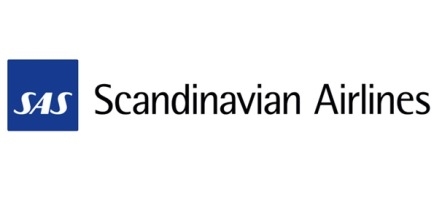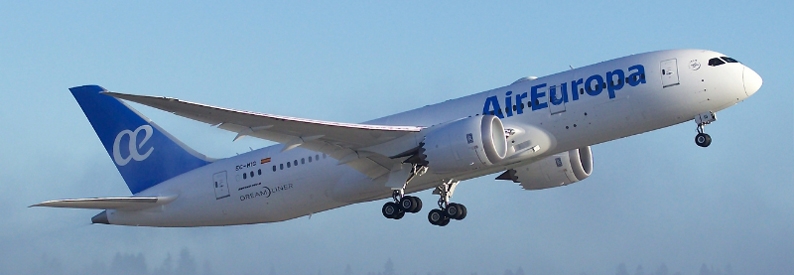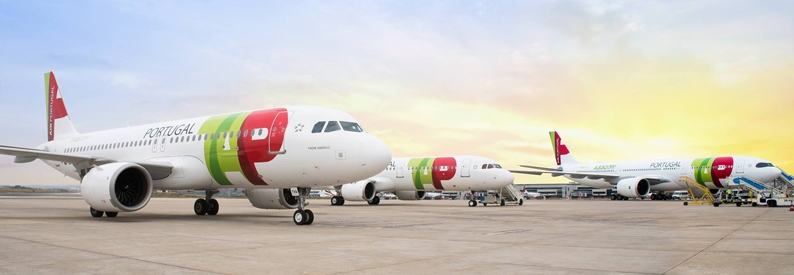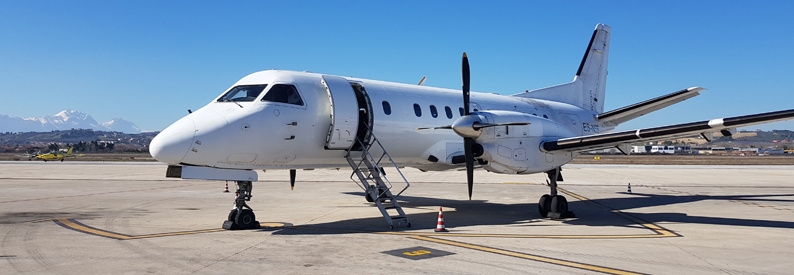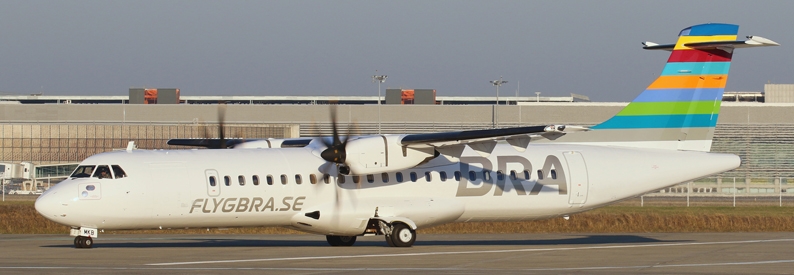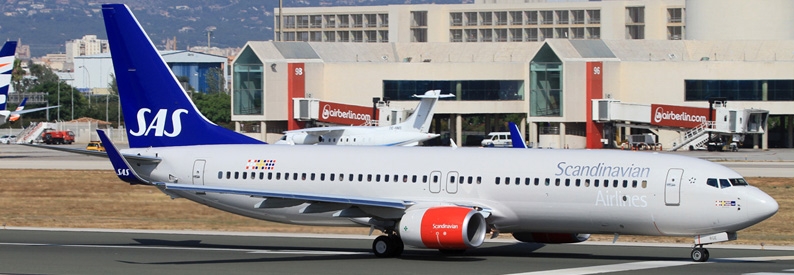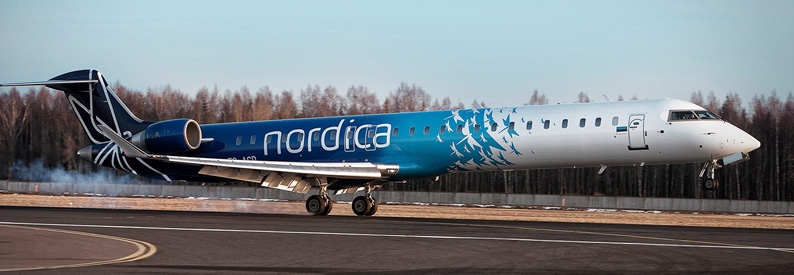SAS Scandinavian Airlines (SK, Copenhagen Kastrup) plans to make a decision between either the A330 and A350 for future widebody fleet operations, considering technology and network suitability, but the winning type remains to be seen, according to CEO Anko van der Werff.
Speaking at the Routes Europe conference in Aarhus, Denmark, he said SAS was working through its fleet plan ahead of its expected exit from Chapter 11 bankruptcy protection in the first week of July. He told delegates that "in the long run, we'll phase out the two widebody [types], but until the end of this decade at least we'll have A330s and A350s. Then you need to make a decision whether it's going to be the one or the other."
According to ch-aviation fleets data, SAS's widebody fleet currently comprises eight A330-300s and four A350-900s, with two more of the latter on order.
In a podcast later, he said: "It's quite logical to think of new tech, the A350 being the newest edition, but the A330ceo does work for us on a lot of our network. We don't know the A330neo very well. We still have a number of widebodies coming in from the A350 orderbook, so for the near foreseeable future, probably at least five years, you'll still be talking about an A330/A350 split fleet."
Narrowbody-wise, the carrier has now retired almost all of its B737s and is expanding with the A320-200N, of which it operates 39 with ten more to be delivered. Thirty more of the A320neo are operated by subsidiary SAS Connect (SL, London Heathrow). Additionally, SAS operates three A321-200NX(LR)s. Its A320-200 fleet numbers nine plus two operated by SAS Connect. It also still has four A319-100s in the mainline fleet. The regional fleet includes twenty-two CRJ900s (seven CRJ900ERs and fifteen CRJ900LRs) and ten long-range E195s. It also wet-leases in six ATR72-600s from Xfly (Estonia).
Emerging from Chapter 11
On the restructuring, SAS is "within spitting distance" of emerging from Chapter 11, is completing the current Swedish reorganisation of the company, and is confident of receiving the eventual blessing of the European Commission, van der Werff said. Given the case is "completely market-tested", he does not expect "any real turbulence".
Explaining the reasons for the restructuring, he said that unlike many other airlines which went into bankruptcy protection early in the Covid-19 pandemic, SAS did not, adding more state debt until it became "literally unsustainable". The carrier had always struggled to contain its costs and operated on low margins even during better years.
"It's not easy to make these decisions, especially not when you don't do them when you should have taken them, which was in the spring of 2020," he said. SAS filed for Chapter 11 in summer 2022. The company probably could have emerged from bankruptcy protection within 12 to 15 months, he opined, but state involvement caused nine to 12 months of delays.
On exiting Chapter 11, SAS will have new shareholders including Castlelake, representing certain funds and accounts it manages; Air France-KLM; the Danish government; and Lind Invest. The consortium will inject USD475 million in new equity and USD725 million in secured convertible debt to recapitalise the airline as part of its restructuring plan.
There are no discussions with Air France-KLM at this stage to increase its proposed 19.9% stake, van der Werff said. "No, because first of all, we have to close this deal. And very importantly, we are still competitors. Until they reach a controlling stake in SAS, they are a competitor." Although Air France-KLM has indicated to the market that it could exercise an option to take a greater stake in about two years, SAS management has not been privy to discussions between the prospective shareholders, he added.
Switching alliances
A necessary result of Air France KLM's investment will be SAS changing from Star Alliance, where it is a founding member, to Skyteam. Van der Werff does not expect the European Commission to demand that the airline give up airport slots, especially as the airline mainly flies to slot-unconstrained airports. Still, "I would think that there will be concessions," he acknowledged. He suggested September 1 as SAS's entry date into Skyteam: "You will see us gradually untangling ourselves [from] Star [Alliance] connectivity over time, and you'll see us build that with Skyteam." This would see a gradual rebalancing of its network towards the hubs of its new alliance partners.
Closer cooperation with the Air France and KLM Royal Dutch Airlines parent would focus on Skyteam and bilateral agreements rather than relying on the minor shareholding.
Network news
SAS will launch 20 new destinations this IATA summer, including daily flights to Atlanta Hartsfield Jackson, van der Werff confirmed. "Things still look healthy for the summer season, and long may it last," he quipped. Route expansion to Asia remains curtailed by the Russia overflight ban in the wake of its war on Ukraine, but there is potential to North America. "It's about getting close to [Skyteam member] Delta Air Lines and making sure we can step that up over time."
As the airline is still in bankruptcy protection it cannot hedge fuel, the chief executive remarked, made worse by the current weakness of the Swedish krona against the US dollar, which is impacting profitability.
"This year is somewhat of a transition year," he explained. "We really, first and foremost, want to make sure that we limit the disruption to our passengers."
.
